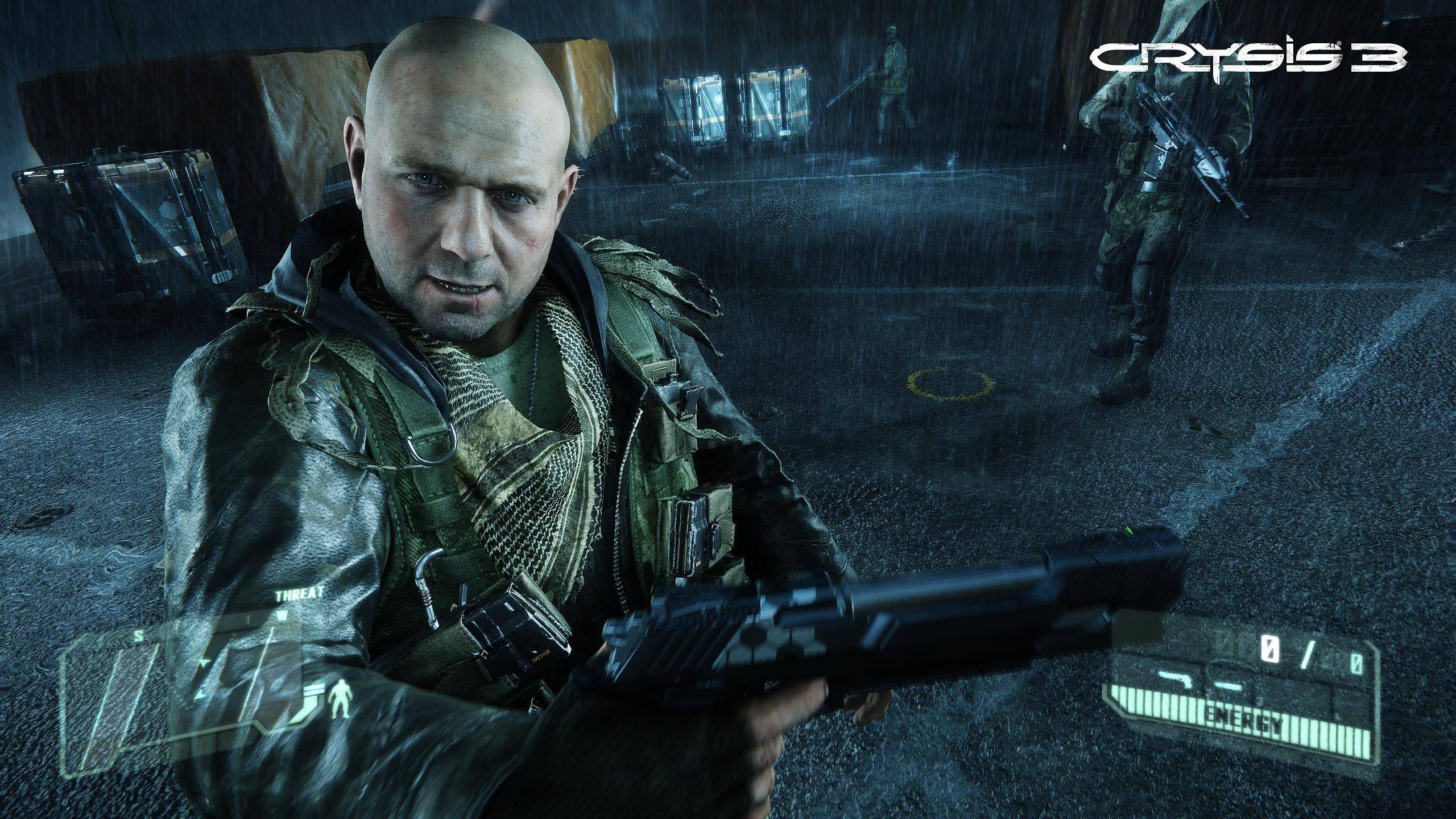
With the advent of next gen consoles i.e. the PlayStation 4 and the next Xbox, one term that has gained a lot of traction in the last few months is 4K gaming. Sony have earlier spoken about 4K gaming and while it won’t be hitting the PlayStation 4 at launch, it is in the pipeline for a few years later.
On the other hand Microsoft has revealed basically nothing about the next Xbox. Considering that the PS3 had the advantage over the Xbox 360 in being able to render 720p and 1080p outputs with video games, obviously it would help if the Big M somehow caught up
So, how does 4K gaming actually looks like? Is it really different from the 720p/1080p games we play on our PC and consoles? And most importantly do we actually need 4K resolution gaming?
The above gallery has compressed images. For uncompressed ones, please check out the following: Batman Arkham City, Dead Space 3, Crysis 3, Battlefield 3, Borderlands 2, DiRT 3, Hitman Absolution, Deus Ex Human Revolution, FIFA 13, Metro 2033, PlanetSide 2, Mirror’s Edge, Portal 2, NFS: Shift, SimCity, Skyrim and The Witcher 2.
This images (via Reddit) are from recently released games like Hitman Absolution, Crysis 3, SimCity and more. Obviously they are running on a high end PC.
The above gallery illustrates just how 4K games look. Just as 1080p is meant to represent a 1920×1080 resolution, 4K essentially means an image or video with a resolution of 4096 pixels wide and 2160 pixels high. It can be typically seen in theatres like iMax for projecting an Ultra HD picture. Of course, the sharpness depends on the amount of pixels per inch or pixel density present. For example, most smartphones these days come with 1080p resolution but on a small 5 inch screen, the human eye is unable to tell the difference between these a regular 720p resolution after a point.
It all has to do with the pixels (of course there’s plenty of other technology that goes into a great picture, but that’s another story).

So imagine if you take an incredibly high amount of pixels and stretch it across a large display, say inches, this will allow the human eye to perceive a greater amount of details. It’s like taking a microscope to a real life object – so naturally to be able to showcase all that detail, you need to have a larger than normal viewing area. This is why iMax screens are bigger than typical movie theatre displays.
But here’s the thing: even if a game is capable of running at a 4K resolution, and has been optimized for the same, one with will need an Ultra HD TV display to take full advantage of it. Sure, you can make out an incredible amount of detail already, if the above screens are any indication. But regular TVs that output to 1080p won’t be able to output ALL of that detail – heck, processing it is another thing altogether – and the current crop of Ultra HD screens are expensive. Like tens-of-thousands-of-dollars expensive. We’re still in an era where 3D TVs cost a bomb. So while the next logical step to improving graphical performance is to move to a higher resolution, it’ll take a good long while before the manufacturing costs drop.

As for whether we need 4K gaming: Truth be told, you don’t need great graphics to make a great game. However, with most genres like first person shooters stuck in a rut that only devices like rectify, developers will be focusing more and more on presentation values to immerse gamers. As such, the visuals are still an incredibly important part of gameplay. Nothing says you’re in the game quite like an ultra-sharp resolution – and if you look at games like Mirror’s Edge or Crysis 3, that rely on their visuals to a different aesthetic extent, then the overall number of pixels on display makes a difference.
The best analogy is actually Borderlands 2 in 4K – like clearing away the smudges governing a highly detailed painting. It’s incredible to even consider that the game is actually utilizing a cel-shaded art style when the details are so crisp.
Will there be stellar gameplay experiences to match those details in the years to come? If the Witcher 3: Wild Hunt, Cyberpunk 2077, Thief and Assassin’s Creed IV: Black Flag are any indication, then the future is certainly bright.
Credit: @BenPeterGriffin














